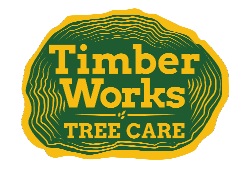Virginia Tree Diseases: Leaf Spot Diseases
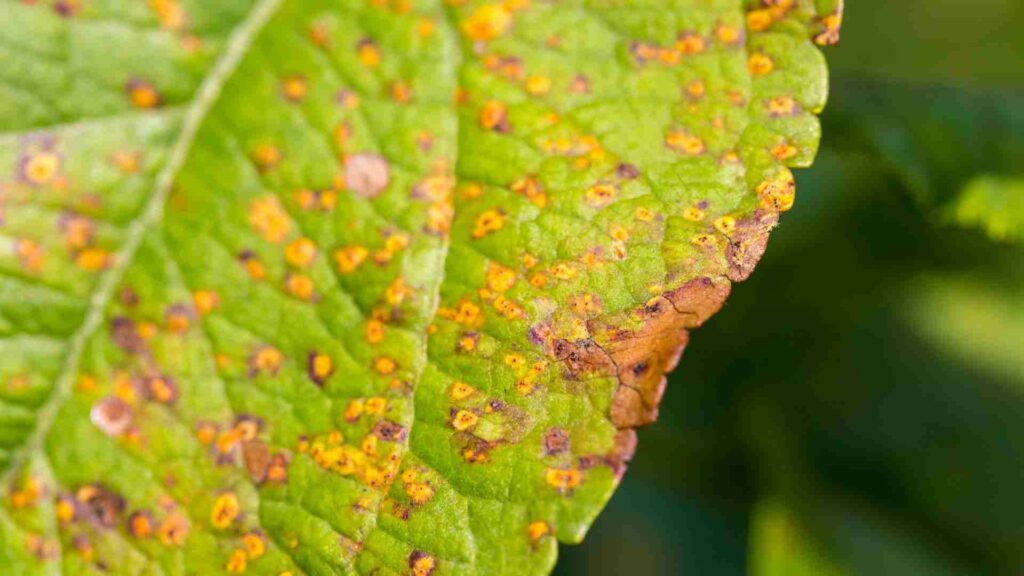
Leaf spot diseases are among the most widespread tree diseases in the US. Virtually all plant species are vulnerable to one or more strains. Although usually benign, leaf spot diseases still call for proper inspection and management, as severe cases could necessitate professional identification and tree removal by a tree care expert. Timber Works Tree […]
5 Common Signs of Tree Rot
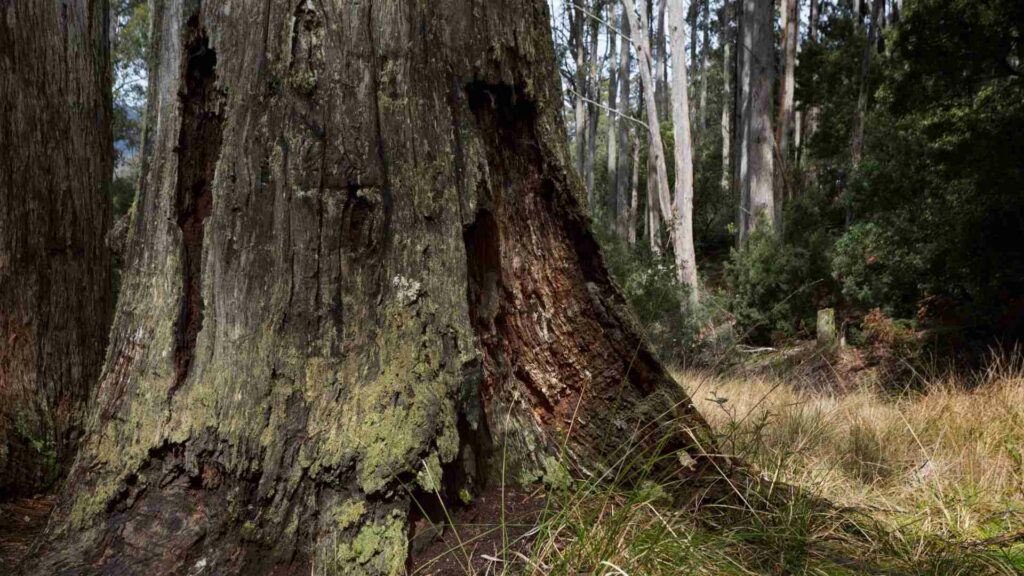
Responsible landowners should have some basic tree knowledge, including the symptoms of tree rot. After all, a rotting tree poses a safety hazard to anything near it. If you identify the signs of tree rot early and enlist professional services, you may save that tree, or—at the very least—you can have it removed before it […]
Virginia Insect & Arthropod Pests: Hemlock Woolly Adelgid
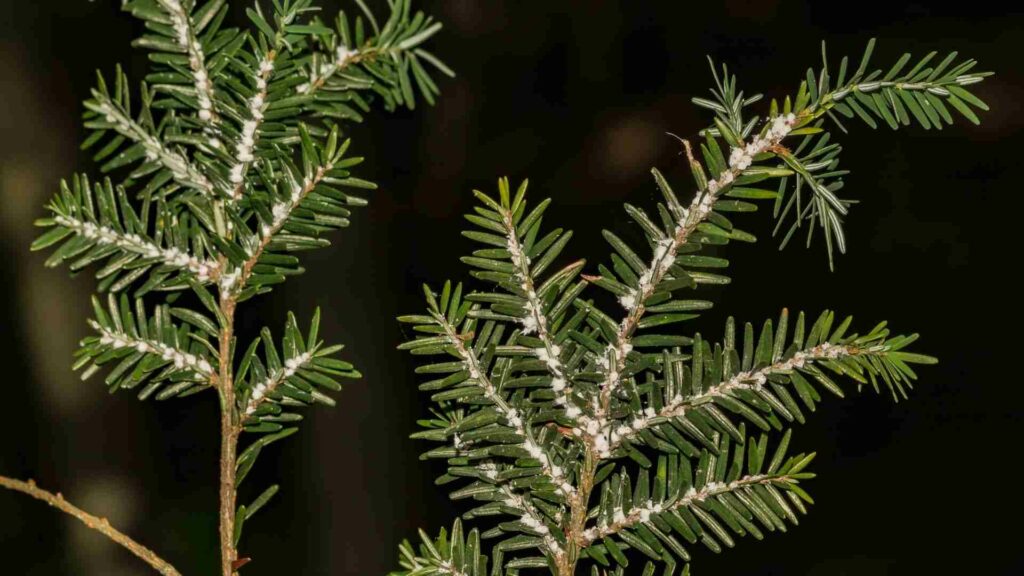
Dead limbs and diminished growth are disconcerting signs for any tree. Should a “woolly” substance also appear on it, property owners might fear the worst for their tree. This combination of symptoms often indicates a hemlock woolly adelgid infestation. Nevertheless, proper identification and personalized tree care can prevent you from ending up with a dying […]
Virginia Tree Diseases: Phytophthora Root Rot
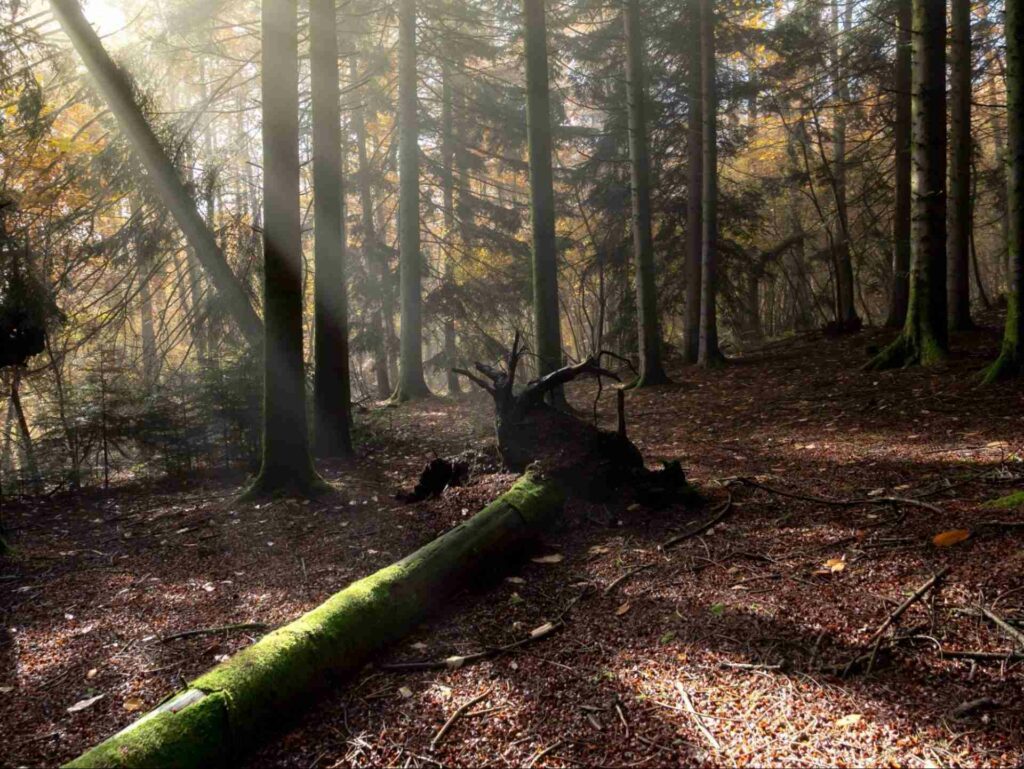
Root rot is an insidious disease that affects trees in a slow, creeping manner. Moreover, Virginia’s hot, humid summers and forested environs create an ideal climate for Phytophthora root rot. Thus, you should study what this condition entails, how it spreads from tree to tree, and how you can save afflicted trees. Turn to your […]
Virginia Insect & Arthropod Pests: Ambrosia Beetles
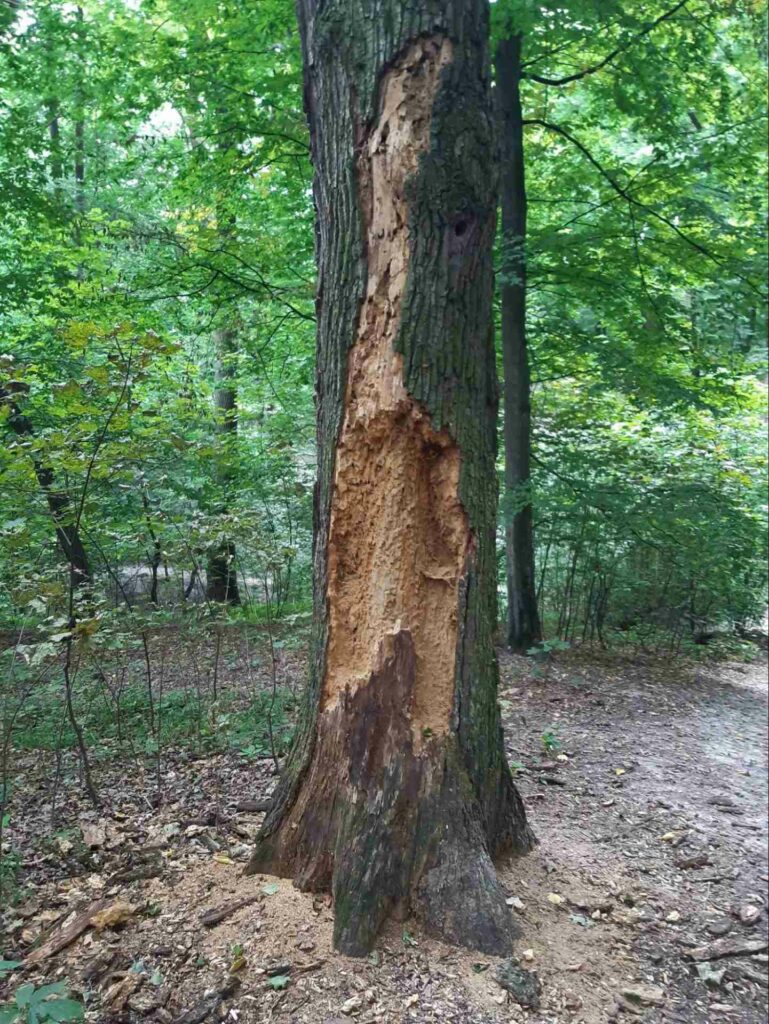
Smart property owners can recognize wood rot and signs of infestation on their trees. Yet they may have less familiarity with agents of infestation, such as Ambrosia Beetles. Composed of species from Asia and Europe, this category of invasive beetles can damage your trees through their reproductive activities and ability to spread the laurel wilt […]
Virginia Tree Diseases: Bacterial Leaf Scorch
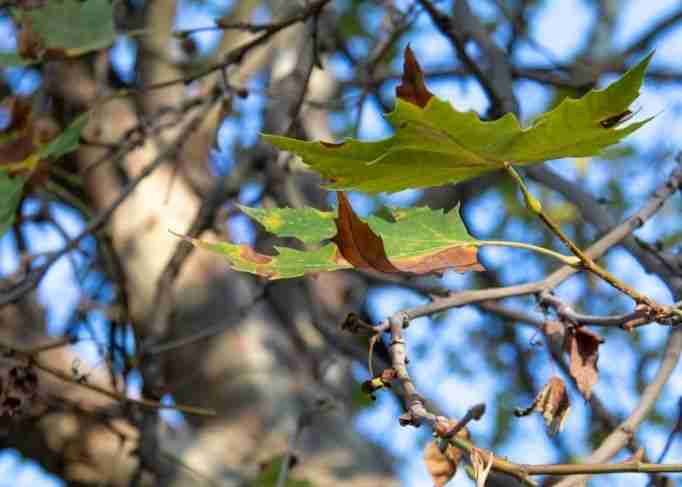
If you have ever noticed unusual brown edges or a ring of orange, red, or yellow on a tree’s leaves, you may have come across a case of Bacterial Leaf Scorch. This tree disease restricts an infected tree’s ability to carry water throughout its vascular system. If you believe a tree on your property has […]
Virginia Insect & Arthropod Pests: Asian Long-Horned Beetles
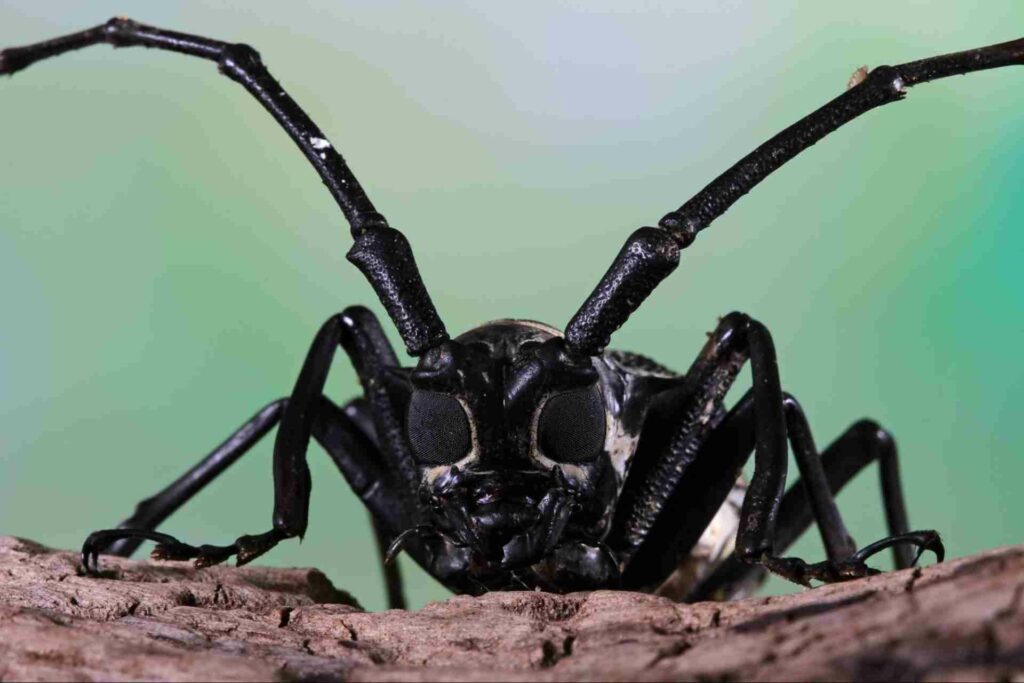
A pernicious pest that feeds on maples and other hardwood trees, Asian Long-Horned Beetles (ALBs) are an invasive species to the US. Their presence threatens several tree varieties, as an ALB infestation can kill a full-grown tree of a species they like. Protecting your property against this pest requires knowledge of its habits and frequent […]
Top 5 Pests That May Harm Your Trees
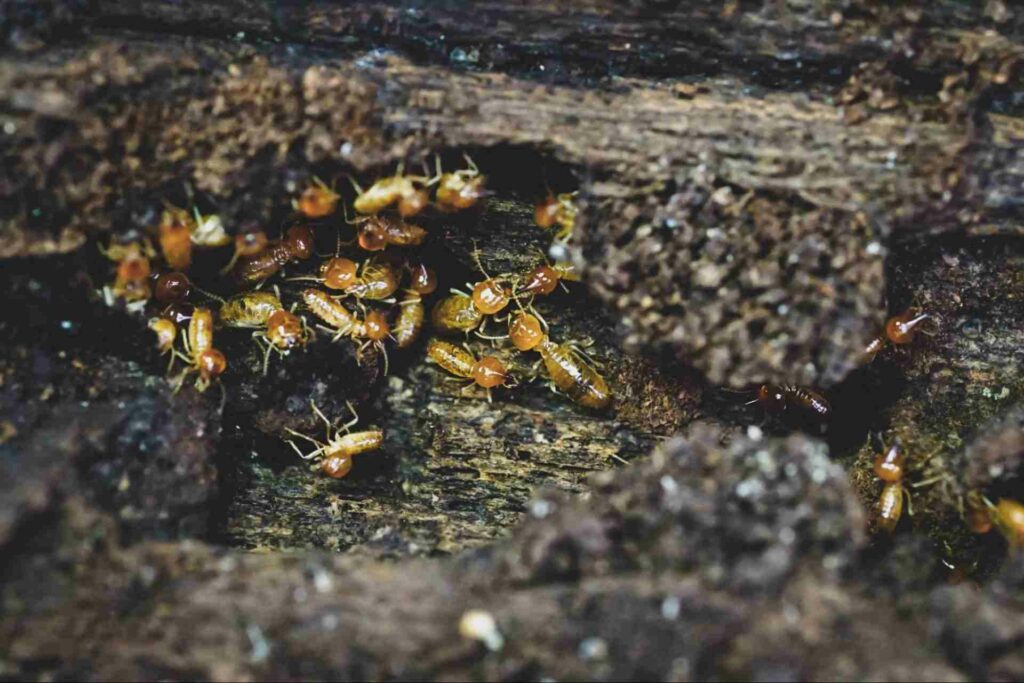
Emerald Ash Borers, Hemlock Wooly Adelgid, and Japanese Beetles are just 3 insect species that have damaged tree ecosystems throughout the US and the world. Yet learning the symptoms of their infestations can help conserve our trees and landscapes. If you want to save dying trees on your property, reach out to a professional tree […]
Dutch Elm Disease
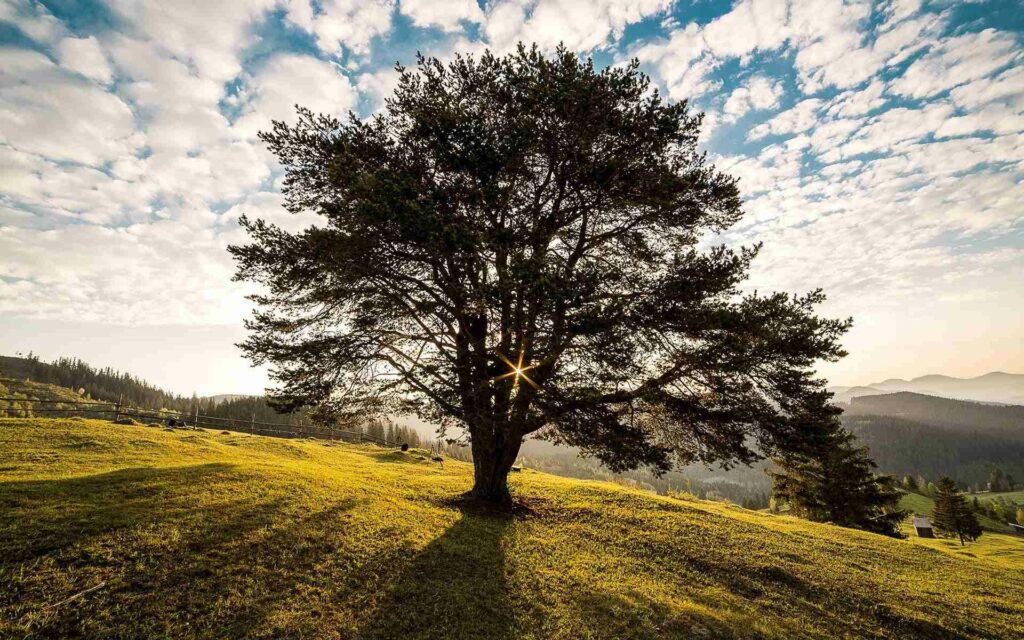
Elm trees are one of the most common types of trees in the US. There are between 30 to 40 species of deciduous trees within the genus, and they’ve grown in popularity in the landscaping industry (and have for years). However, several species across the country are vulnerable to a disease called Dutch elm disease, […]
When Is Tree Removal Necessary?
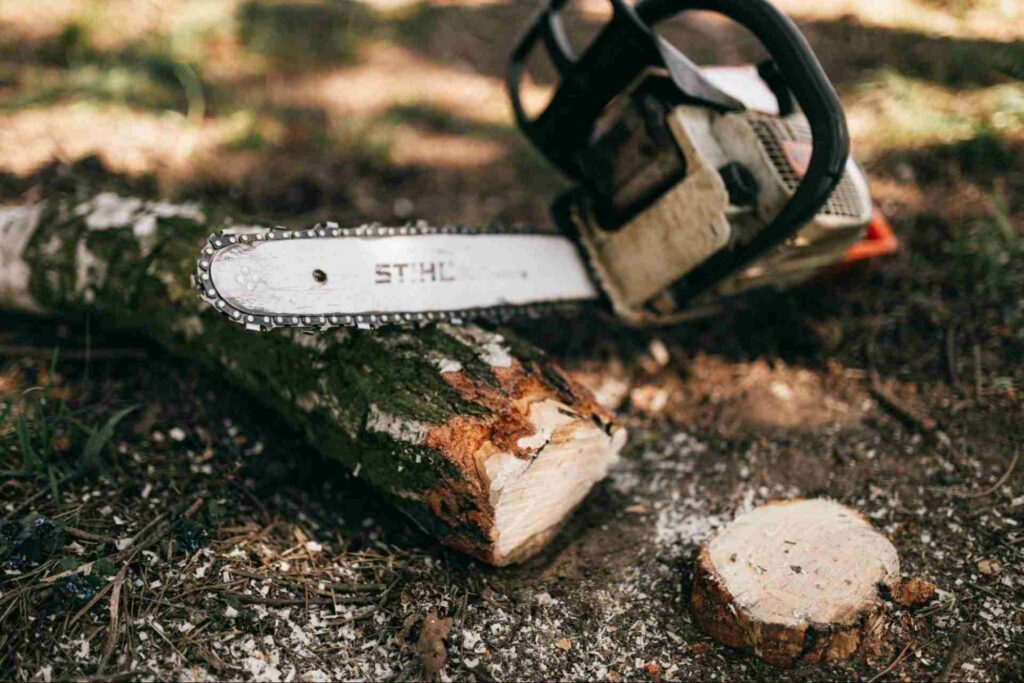
Trees are a crucial part of our environment, so you must keep an eye on those that live on your property. While trees have been known to live long lifespans, certain circumstances may necessitate their removal, including poor health, invasive species, and structural damage. To prevent these issues and sustain your trees’ lives, call an […]
